The white-eyed conure or white-eyed parakeet is a small green parrot that is among one of the better-behaved of pet species. It's less noisy than many other parrots, non-destructive, and more likely to want to talk than to scream. Correctly socialized white-eyed conures can make loving and entertaining pets.
Species Overview
Common Names: White-eyed conure, white-eyed parakeet
Scientific Name: Aratinga leucophthalmus has two subspecies: the Argentinian white-eyed conure (Aratinga leucophthalmus propinqua) and the Ecuadorian white-eyed conure (Aratinga l. callogenys)
Adult Size: The white-eyed conure is a medium-sized parrot about 13 inches long. Its wings are about 6 1/2 to 7 1/2 inches long. The Argentinian white-eyed conure is slightly bigger than the Ecuadorian subspecies.
Life Expectancy: About 20 years or so
Origin and History
The white-eyed conure is native to northern South America. Its range stretches from Venezuela, Colombia, and the Guianas in the north, down across Brazil to northern Argentina and Uruguay. The bird's preferred habitats are forests, woodland areas, savannas, and mangroves.
The bird was first described and cataloged by the German zoologist Phillipp Ludwig Muller in 1776. Its scientific name is derived from the ancient Greek words "leukos" meaning "white" and "ophthalmus" meaning eye.
The white-eyed conure remains plentiful in the wild, despite being heavily trafficked in the pet trade.
Temperament
White-eyed conures are striking birds that make excellent pets for the right people. They are highly intelligent and curious parrots, making them eager to explore and prone to getting into trouble when left unsupervised. When properly cared for, however, white-eyed conure owners report these birds are exceedingly loving and entertaining. White-eyed conures need adequate mental stimulation to prevent boredom and behavior problems from setting in.
For a conure, this species is one of the tamest and will learn to speak. They need attention, patience, and toys. This bird loves to climb and play.
Those interested in owning a white-eyed conure should make sure they can spare at least 3 to 4 hours per day to interact with their pet. Bored pets can become lethargic and demonstrate destructive habits, such as feather plucking.
Speech and Vocalizations
Although they are not one of the noisier parrots, potential owners should be aware that like all conures, these birds have shrill and powerful voices when they want to use them. Because of this, white-eyed conures may not make the best pets for those who live in apartments or condominiums with neighbors immediately adjacent.
White-Eyed Conure Colors and Markings
Adult white-eyed conures have mostly green bodies with patches of red on their head and wings. The insides of their wings also display a random scattering of bright yellow feathers with red tips. The underside of the wing and tail feathers are olive-yellow. The bird can appear to be all green, until the wings open, revealing the flashes of dramatic yellow and red. Its eyes are framed with bare white rings of skin, which is how it gets its common name.
White-eyed conures have horn-colored bills and gray feet and legs. The Ecuadorian white-eyed subspecies has slightly darker plumage and a substantial bill. Males and females can only be differentiated via genetic testing or a surgical sexing procedure.
Caring for White-Eyed Conures
A single bird needs a cage of ample size, at least 24 inches by 24 inches in footprint, and at least 36 inches high. Equip the cage with sturdy perches and toys. Outside the cage, make sure there is some kind of playpen where the bird can explore and exercise while flying about the house. In the wild, these birds fly long distances while foraging with other birds, so they need space and opportunity to fulfill this instinct when kept as pets.
Common Health Problems
The white-eyed conure may be susceptible to conure bleeding syndrome. Symptoms include weakness, loss of balance, and bleeding from the mouth. It usually occurs with stressed birds, especially when they are young. Vitamin supplements and feeding the birds leafy green vegetables may provide the vitamin K necessary to prevent the syndrome.
Feather-plucking can occur with birds that become bored due to lack of stimulation. Prevent this by spending lots of time playing and socializing with your bird.
Diet and Nutrition
In the wild, this bird feasts on seeds, nuts, fruits, and berries. Like all parrots, white-eyed conures do best on a diet consisting of fresh fruits and vegetables supplemented with a high-quality commercial pelleted diet.
You can give them an unlimited amount of pellet food; they will only eat what they need. As for fresh fruits and veggies, offer about a 1/8 to 1/4 cup in the morning and at night.
You can offer a small amount of seed for treats, but make sure that your white-eyed conure doesn't get too many seeds in its diet. These birds have a reputation for favoring fattening seeds such as sunflower and safflower, which may turn to the refusal of all other foods. Pay close attention to your conure's diet to ensure a healthy and happy pet.
Offering a regular supply of branches with flowers and buds will provide extra nutrition and satisfy the bird's urge to chew and gnaw.
Warning
As with many pet birds, keep chocolate and avocado away from your white-eyed conure; these substances are toxic to them.
Exercise
Those who own white-eyed conures must make sure to provide them with a safe "bird-proof" out-of-cage area in which they can play and stretch their wings each day. More time is always better, but as a general rule, a white-eyed conure needs a minimum of 3 to 4 hours of supervised out-of-cage playtime per day.
Owning this bird is a huge commitment that can last for 20 years or more, so it is essential to do plenty of research before bringing a white-eyed conure (or any type of bird, for that matter) home as a pet.
Social and friendly
Intelligent, can be taught tricks
Quieter than other parrots
May not be as noisy, but can still get loud
Requires at least 3 to 4 hours of exercise, socialization
Rarer bird, harder to find
Where to Adopt or Buy a White-Eyed Conure
Before purchasing a conure from a bird store or breeder, check animal shelters and rescue organizations. White-eyed conures are hard to find in pet stores and among breeders. Captive breeding takes some time to establish. They usually cost about $600 to $1,000. Some adoptions or rescues that may have white-eyed conures include:
- Parrot Partners
- Petfinder
- Free Flight
The Beauty of Birds is an organization that maintains a directory of reputable parrot breeders in the U.S. If considering a bird breeder, make sure you interview the breeder, look at the general health of their birds, check out their living conditions, and talk to past customers. Signs you should avoid the breeder include cramped living conditions, inactive birds, and breeders who avoid your questions or do not seem to have much information on their birds.
More Pet Bird Species and Further Research
If you are interested in similar species, check out:
- Sun Conure Species Profile
- Jenday Conure Species Profile
- Cherry-Headed (Red-Masked) Conure Species Profile
Otherwise, check out all of our other small parrot species profiles.
Related Article

Gloster Canary: Bird Species Profile
Gloster canaries are small birds that are bred for their shape instead of their colors or song. The
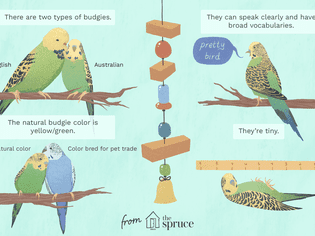
A Guide to Pet Budgie Birds
The little budgie bird is one of the most popular pets in the world, ranking just behind dogs and c
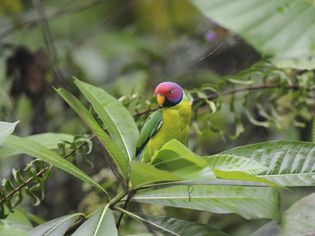
Plum-Headed Parakeet: Bird Species Profile
The plum-headed parakeet is a medium-sized parrot of striking beauty. This Asian parrot makes a goo
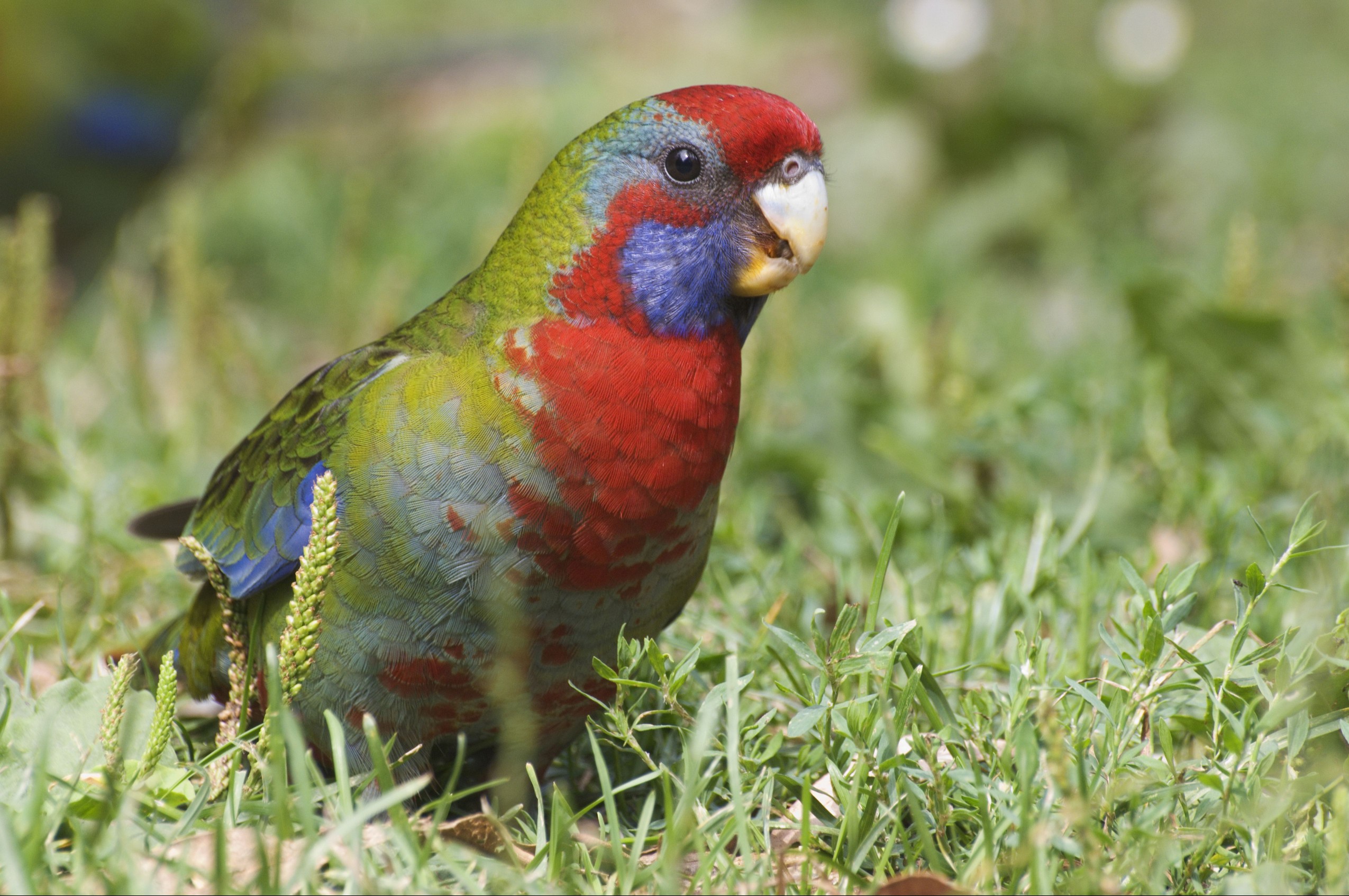
Crimson (Pennant) Rosella: Bird Species Profile
Known for its striking beauty, the crimson (Pennant's) rosella is a popular medium-sized pet p
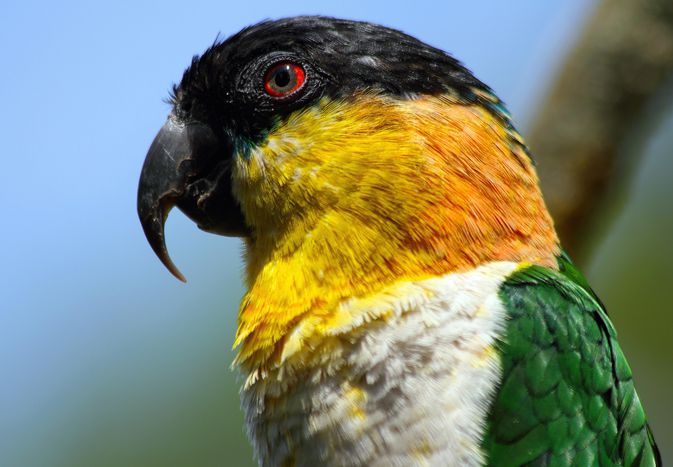
Caique: Bird Species Profile
If you want a bird that is beautiful, intelligent, active, and very entertaining, a caique (pronoun
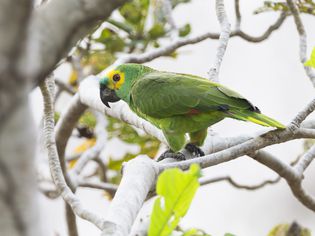
Blue-Fronted Amazon Parrot: Bird Species Profile
Blue-fronted Amazon parrots are among the best-talking birds kept as pets. They have brilliant colo
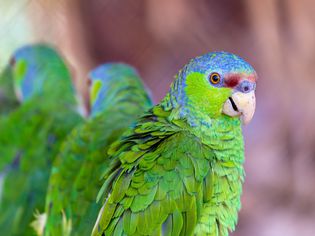
Lilac-Crowned Amazon Parrot (Finsch's Amazon): Bird Species Profile
In general, Amazon parrots can be demanding, aggressive birds, but that is not the case with the li
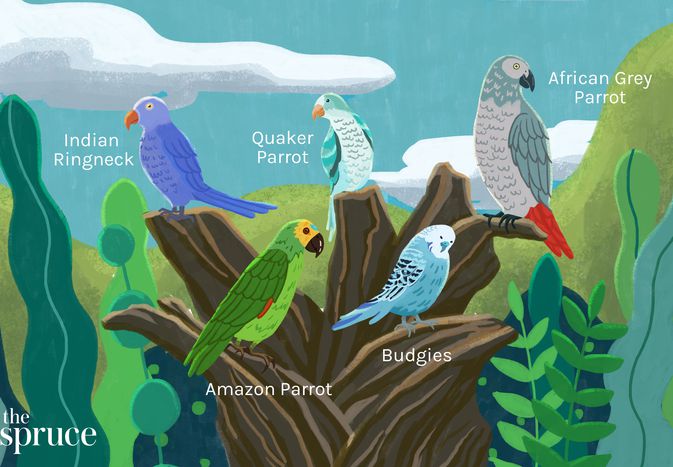
8 Best Talking Birds to Keep as Pets
Talking birds are popular pets because they can mimic human speech or even perform tricks. While so
About WhiskerClub
We are a premier digital platform committed to delivering high-quality content to our readers. Our mission is to provide accurate, reliable, and engaging information that adds value to our audience's daily lives.
Our team consists of experienced content creators and subject matter experts who uphold the highest standards of professionalism. In an era of information overload, we curate content with care, ensuring our users receive only the most relevant and trustworthy information.
Beyond just reporting facts, we focus on depth and context. Through expert analysis, comprehensive research, and clear presentation, we help our audience gain meaningful insights and make informed decisions.
We take pride in being a trusted information source for our growing community of readers. Our user-first approach means we continuously adapt to provide content that meets our audience's evolving needs and interests.
Innovation and excellence drive everything we do. We're committed to improving our platform and services to deliver the best possible experience for our users.

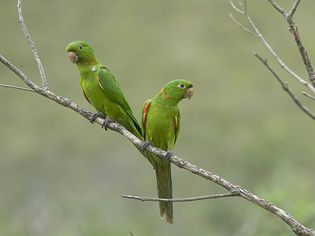
Comments on " White-Eyed Conure (Parakeet): Bird Species Profile" :